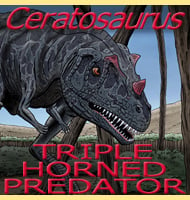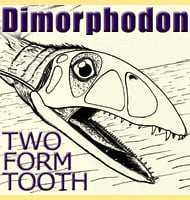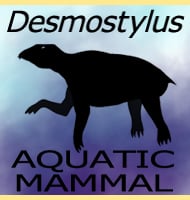In Depth
The dinosaur genus Titanosaurus is a bit of a paradox. As the first titanosaur named it is treated as the type genus of the Titanosauria, a group of more advanced sauropod dinosaurs that began to appear at the end of the Jurassic and later established themselves as some of the most common types of sauropods later during the Cretaceous. However the genus Titanosaurus was originally based upon vertebrae and limbs, and the supposedly distinct features of the genus have now been proven to have been very common across other genera of titanosaurs. This means that the holotype fossils of Titanosaurus are not actually distinct enough to confidently attribute further remains too, which is why even though Titanosaurus was used to create the Titanosauria, it is also regarded as a Nomen dubium by modern palaeontologists.
In the very early days of the Titanosaurus genus, many fossils remains of similar dinosaurs were attributed to the genus upon the basis of superficial similarity. The result of this is that Titanosaurus ended up being treated as a ‘wastebasket taxon’, full of odds and ends that no one knew where to put, but chose to mark them up as Titanosaurus. Much later study has now considered many of these fossils to also be indeterminate, though some have been moved to other established genera, including Neuquensaurus, Magyarosaurus, Isisaurus, Huabeisaurus, Laplatasaurus and Tangvayosaurus.
Titanosaurus should not be confused with the Japanese kaiju of the same name that appeared in the 1975 Godzilla film, Terror of Mechagodzilla, as well as subsequent Godzilla themed comics and video games.
Further Reading
- Notices of new and other Vertebrata from Indian Tertiary and Secondary rocks. - Records of the Geological Survey of India, 10(1): 30-43. - R. Lydekker - 1877. - A revision of Titanosaurus Lydekker (Dinosauria – Sauropoda), the first dinosaur genus with a “Gondwanan” distribution. - Journal of Systematic Palaeontology, 1(3): 125-160. - J. A. Wilson & P. Upchurch - 2003.- History of Late Cretaceous dinosaur finds in India and current status of their study. – Journal Palaeontological Society of India , 56 (2): 127-135. – D. M. Mohabey – 2011.- India’s first dinosaur, rediscovered. – Current Science, 104 (1): 34-37. – Dhananjay M. Mohabey, Subhasis Sen & Jeffrey A. Wilson – 2013.









